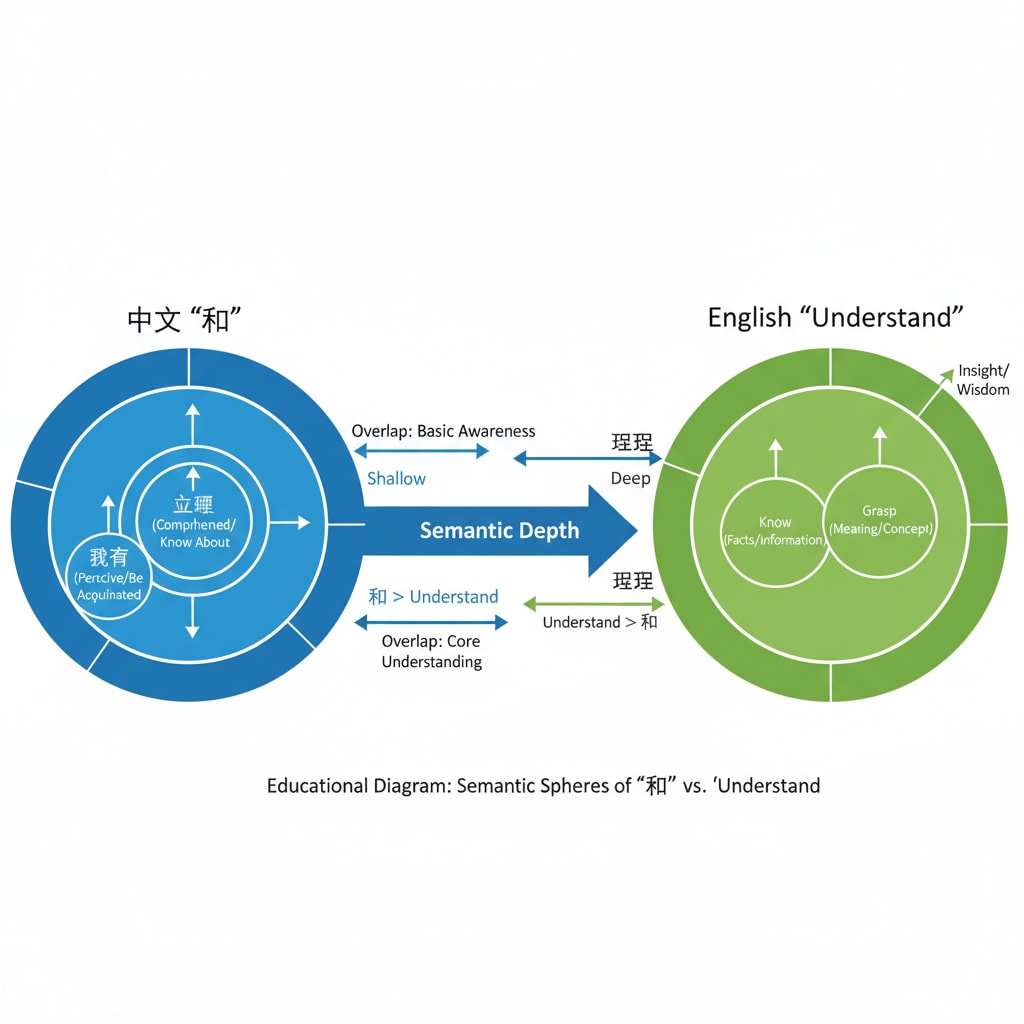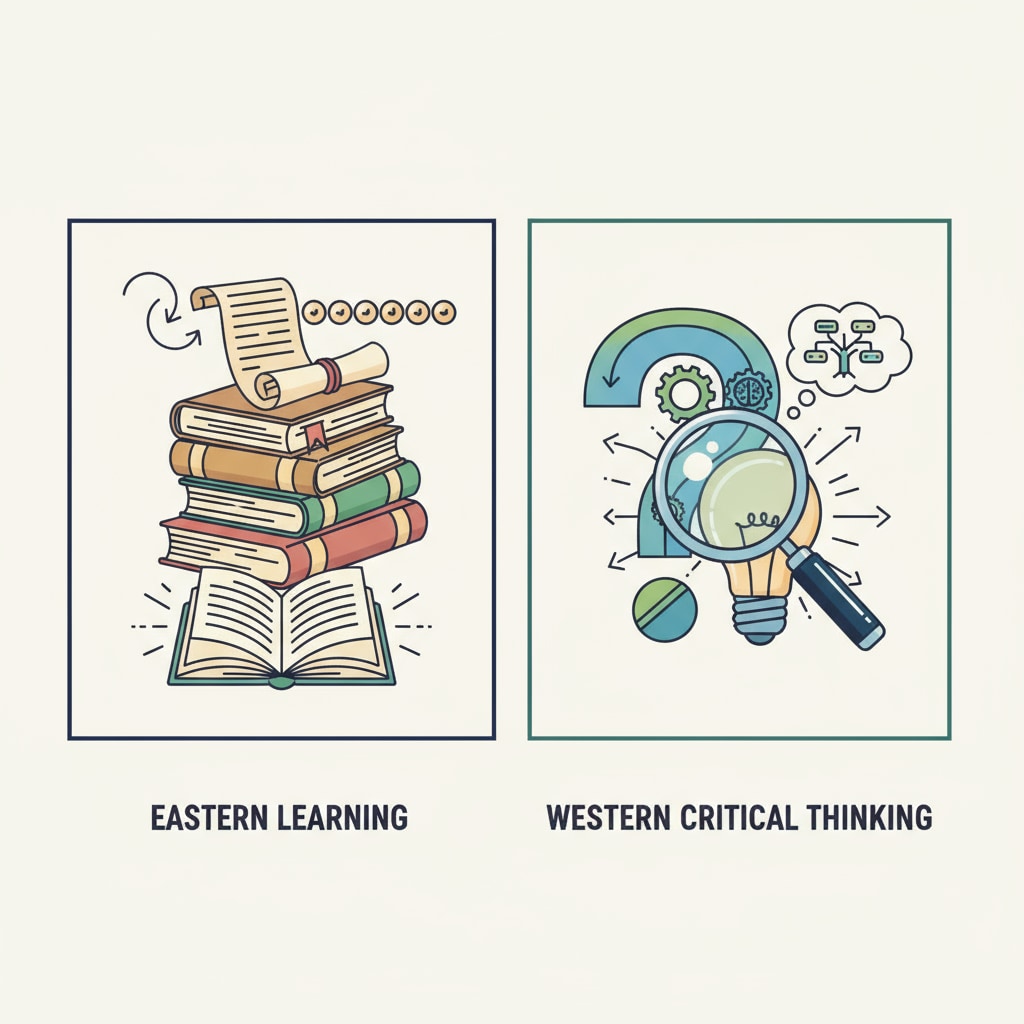Knowledge comprehension, language differences, and cultural thinking are intricately intertwined aspects of human learning. The semantic contrast between the Chinese word “知” (zhī) and the English word “understand” reveals profound disparities in how Eastern and Western cultures perceive knowledge and understanding. This exploration not only enriches our understanding of language but also offers valuable insights into educational paradigms.
The Semantic Landscape of “知” and “Understand”
The Chinese character “知” has a broad semantic range. It can simply mean to be aware of or have information about something. For example, one might say “我知道这件事” (Wǒ zhīdào zhè jiàn shì), which translates to “I know about this matter.” Here, “知” often implies a basic level of acquaintance with facts. In contrast, “understand” in English conveys a deeper cognitive process. It suggests grasping the meaning, significance, and relationships within a concept. As Language and Cognition on Wikipedia elaborates, language shapes our perception of knowledge, and these semantic differences are no exception.

Cultural Reflections in Semantics
Eastern cultures, influenced by Confucian and Taoist traditions, often emphasize the accumulation of knowledge. The concept of “知” is closely tied to rote learning and memorization. This approach values the acquisition of a vast body of information. Western cultures, on the other hand, inspired by philosophical traditions like Socratic dialogue, prioritize understanding. They encourage critical thinking and the ability to analyze and synthesize knowledge. As Philosophy of Education on Britannica states, educational philosophies are deeply rooted in cultural values.

This semantic and cultural divergence has significant implications for education. In K12 education, the traditional model of “knowledge transmission” in many Eastern systems, which focuses on getting students to “知,” may need to be reevaluated. Shifting towards cultivating “depth of understanding,” as emphasized by the concept of “understand,” can help students develop true learning wisdom. This involves encouraging students to question, analyze, and connect ideas rather than just memorize facts.
Readability guidance: The semantic differences between “知” and “understand” are clear. The cultural thinking behind them further enriches our understanding. By recognizing these aspects, educators can better design learning experiences that bridge the gap between knowledge acquisition and true comprehension, ultimately fostering a more holistic approach to education.


